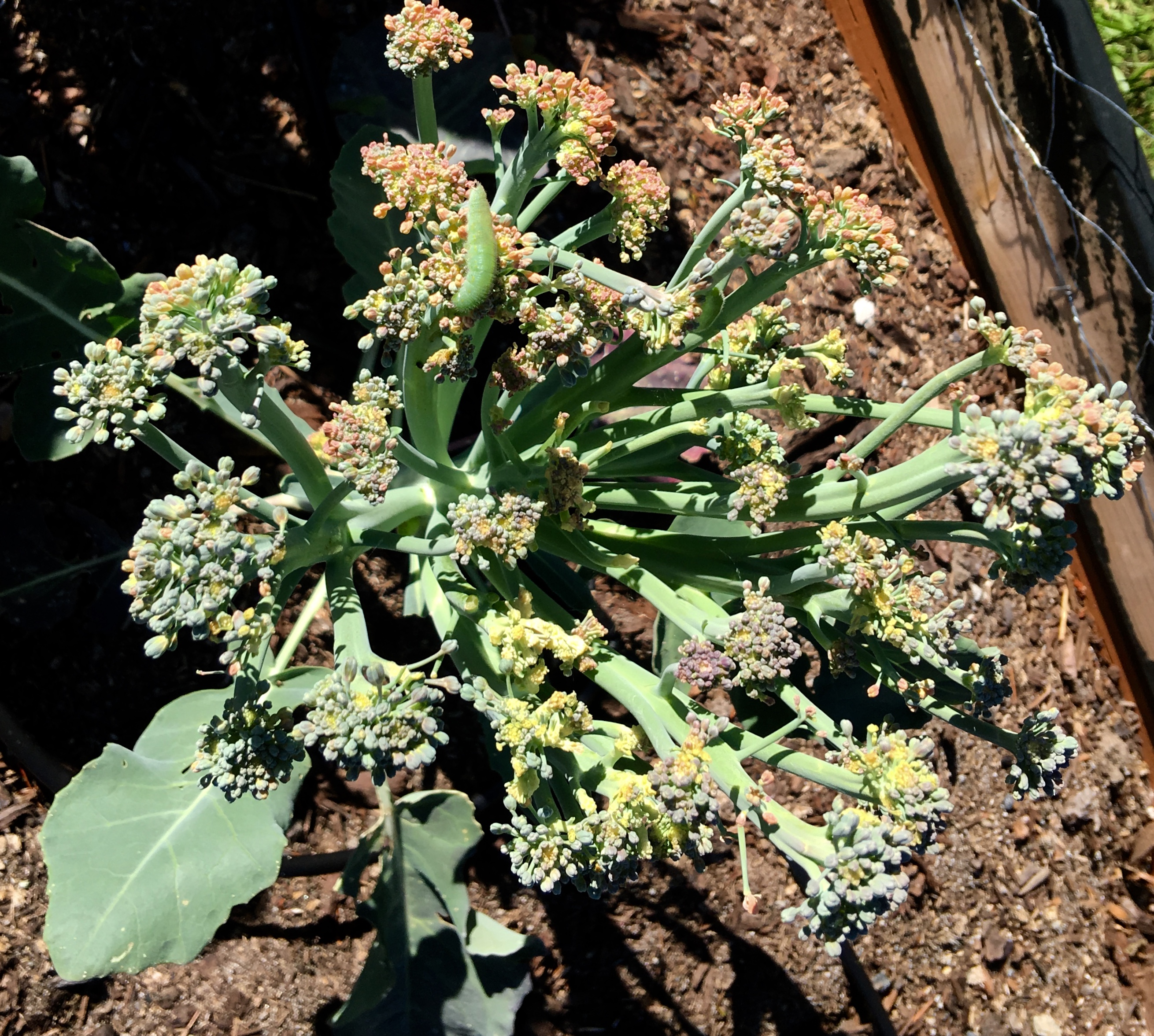My big project for this spring was to build a new garden. Research told me that the key to a thriving garden is sunlight, fertilizer and water. So, I spent quite a bit of time picking the perfect location, building raised beds and moving over 5 yards of dirt into the beds (actually, my husband did most of that). Then I fertilized the dirt with bone meal, planted my plants and then fertilized again with fish emulsion. I even installed a drip irrigation system with a timer to make sure the garden had enough water. I did everything right this year – sun, fertilizer, water. Now, all I had to do was sit back and watch my garden produce all the vegetables I could eat.
Then I found cabbage worms in my cabbage and broccoli.
According to a master gardener, having a healthy garden is about weeding and pest control. Sure, a good foundation of sun and fertilizer is important, but, if you don’t pick the weeds and address those pests, even a garden with perfect conditions won’t thrive.
I’ve had a lot of time to think about this over the past week as I weeded my garden and tried to kill those nasty cabbage worms and what I realized is that having a healthy work environment is a lot like having a healthy garden.
You can have the perfect team in your plant. They have the necessary skills, they are well paid and have the energy to do their jobs every day, but, if you don’t pick the weeds and deal with those nasty pests, your team won’t produce the results you desire.
Addressing pests and weeds require knowledge and skill. Knowledge to truly examine what is causing the problem and then the skill needed to address the problem(s). Regardless of the issue, addressing it before it over takes the whole company is critical. This may require training in conflict resolution, managing change or even effective communication (click to see previous posts on each of these topics). In extreme cases, you might even need to pull out the insect ridden plant and start over, as I did with my broccoli.
A healthy workplace requires daily care and attention. Look for subtle signs that a problem might be coming to the surface so you have time to decide how best to address the problem before it overtakes the entire garden.
For more practical tips for manufacturing professionals to attract, train and retain your hourly workforce, go to www.keyprocessinnovations.com.

